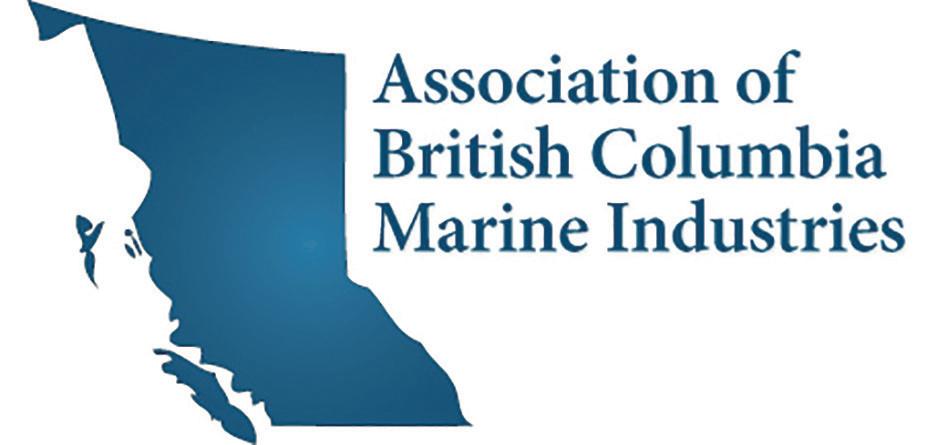PACIFIC P RTS Volume 2 Issue 1
www.pacificports.org
January 2021
Port Projects
Port Alberni | Skagit | Newport
ASSOCIATION OF
PACIFIC PORTS
Today’s Harbour Master Ensuring safety, security, and environmental protection
Port State Control An ideal of cooperation
Best Practices
Abandoned vessels: The bane of ports everywhere


















